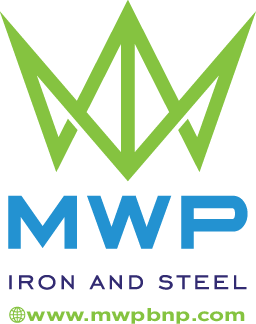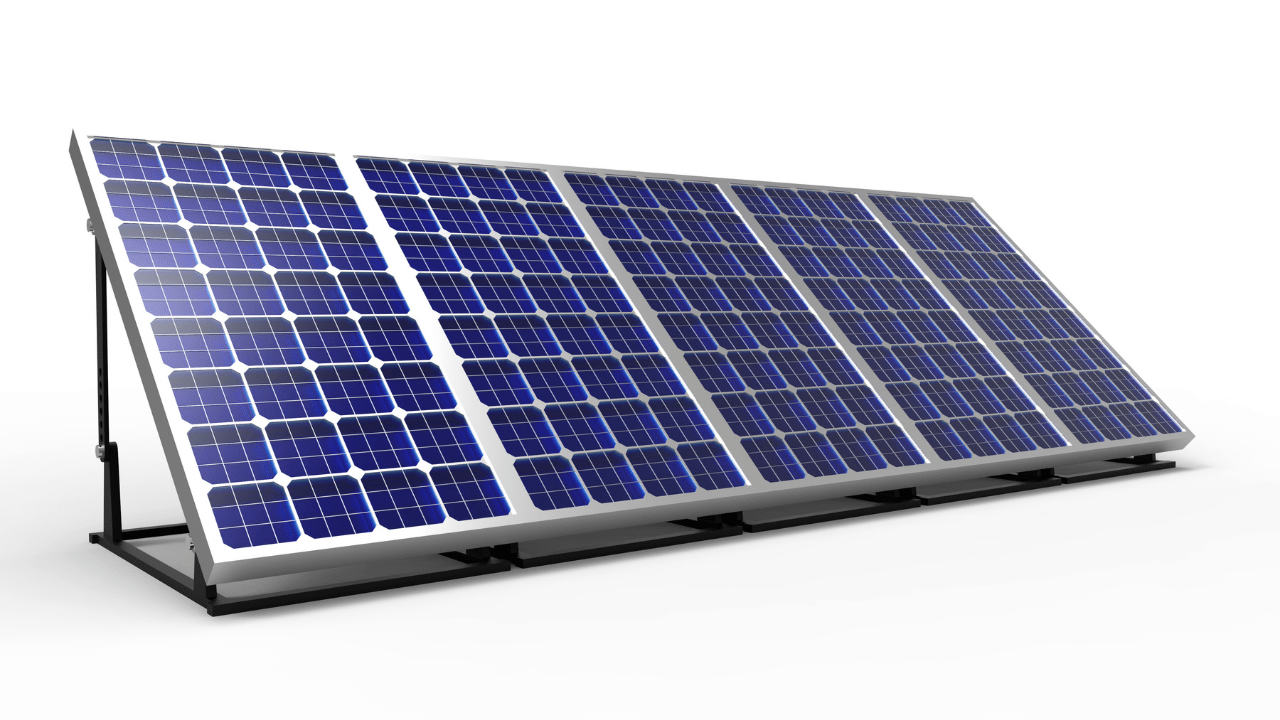Flat Roof Solar Mounting Systems
At MWPBNP, a leading supplier of iron and steel products, we understand the growing demand for sustainable energy solutions. Flat roofs offer a prime location for solar panel installations, but selecting the right mounting system is crucial for optimal performance and long-term durability. This comprehensive guide explores various flat roof solar mounting systems, their advantages and considerations, to empower you to make informed decisions for your solar project.
Why Choose Flat Roofs for Solar Panels?
Flat roofs provide several benefits for solar panel installations:
- Optimal Sun Exposure: Flat roofs allow for a greater surface area for panels, maximizing sunlight capture and energy generation.
- Simplified Installation: Compared to angled roofs, flat roofs offer easier access for installation and maintenance crews.
- Reduced Costs: The straightforward installation process on flat roofs can potentially lead to lower labor costs compared to angled roof installations.
You May Also Like: Roof Mount Solar Panel Brackets
Types of Flat Roof Solar Mounting Systems
Several flat roof solar mounting systems utilize different principles to secure solar panels. Here’s a breakdown of the most common types:
1. Ballasted Mounting System
- Description: This system utilizes ballast weights, typically concrete blocks or pavers, to hold down the mounting structure and solar panels. The weight of the ballast counteracts wind uplift and ensures the system remains secure.
- Advantages:
- Cost-effective and easy to install.
- No roof penetration required, minimizing potential roof leaks.
- Adaptable to various roof sizes and layouts.
- Considerations:
- Requires sufficient roof weight capacity to accommodate the ballast.
- May not be suitable for high-wind areas.
- Regular maintenance needed to ensure ballast stability.
2. Tilt-up Mounting System
- Description: This system features a racking structure that elevates the solar panels at an optimal angle for increased sun exposure. The tilt angle can be adjusted based on your location and desired energy output.
- Advantages:
- Maximizes solar energy generation compared to flat-mounted systems.
- Improves airflow around panels, enhancing cooling and efficiency.
- Offers a clean and organized aesthetics.
- Considerations:
- Requires roof penetration for securing the racking structure, potentially impacting roof warranty.
- Installation process can be more complex compared to ballasted systems.
- May have higher upfront costs.
3. Rooftop Deck System
- Description: This system utilizes a prefabricated metal deck that integrates with the existing roof structure. The solar panels are then mounted directly onto the deck, creating a unified and elevated platform.
- Advantages:
- Provides a strong and permanent mounting solution, ideal for larger installations.
- Offers excellent wind resistance and durability.
- Creates a clean and professional appearance.
- Considerations:
- Requires significant structural modification to the roof, potentially impacting roof warranty.
- Installation process is complex and may require specialized expertise.
- Generally the most expensive mounting system option.
4. Water Ballast System
- Description: This innovative system utilizes water-filled bladders as ballast to secure the mounting structure. The weight of the water provides stability and can be adjusted based on seasonal wind variations.
- Advantages:
- Eco-friendly alternative to traditional concrete ballast.
- Offers excellent weight distribution and wind resistance.
- Water bladders can be easily removed or refilled for maintenance or adjustments.
- Considerations:
- Requires a reliable water source and plumbing system for filling and maintaining bladders.
- May not be suitable for freezing climates where water can freeze and expand.
- Long-term durability of bladders needs to be evaluated.
Comparison of Flat Roof Solar Mounting Systems
| Feature | Ballasted System | Tilt-up System | Rooftop Deck System | Water Ballast System |
|---|---|---|---|---|
| Cost | Low | Medium | High | Medium |
| Installation | Easy | Moderate | Complex | Moderate |
| Roof Penetration | No | Yes | Yes | No |
| Weight Distribution | Point Load | Distributed | Distributed | Distributed |
| Wind Resistance | Moderate | High | High | High |
| Tilt Adjustment | Limited | Adjustable | No | Limited |
| Maintenance | Regular Ballast Check | Standard Maintenance | Minimal | Bladder Maintenance |
Choosing the Right Flat Roof Mounting System
Selecting the optimal flat roof mounting system depends on several factors:
- Roof Size and Layout: Consider the available space for panels and choose a system that maximizes efficiency within that area.
- Budget: Evaluate the upfront costs of materials, installation, and any engineering requirements for different systems.
- Local Regulations: Building codes and wind load requirements in your area may influence the permissible mounting system types.
- Desired Panel Tilt: For optimal energy production, consider the tilt angle allowed by each system and its suitability for your location’s sunlight patterns.
- Roof Structure: Ensure your roof can support the additional weight of the solar panels and mounting system. Consult a structural engineer if necessary.
- Maintenance Considerations: Evaluate the ongoing maintenance needs of each system, such as ballast checks, cleaning, or potential bladder replacements.
Additional Considerations for Flat Roof Solar Mounting Systems
- Fire Safety: Comply with local fire safety codes regarding clearances between solar panels and rooftop equipment.
- System Warranty: Choose a mounting system with a comprehensive warranty to ensure long-term performance and protection.
- Aesthetics: Consider the visual impact of the mounting system on your property and choose one that complements the overall design.
MWPBNP: Your Partner in Flat Roof Solar Solutions
At MWPBNP, we understand the importance of using high-quality materials for your solar project. We offer a wide range of iron and steel products suitable for constructing robust and reliable flat roof solar mounting systems. Our team can assist you in selecting the appropriate materials based on your specific system design and local building codes.
Conclusion
By understanding the different types of flat roof solar mounting systems and the factors influencing their selection, you can make an informed decision for your solar project. When paired with high-quality iron and steel products from MWPBNP, your solar panel installation will be secure, efficient, and contribute to a sustainable future.
Looking for more information?
MWPBNP is committed to providing exceptional customer service. Contact us today to discuss your flat roof solar project and explore how our iron and steel products can contribute to your success. We can also connect you with qualified solar panel installation professionals in your area.

